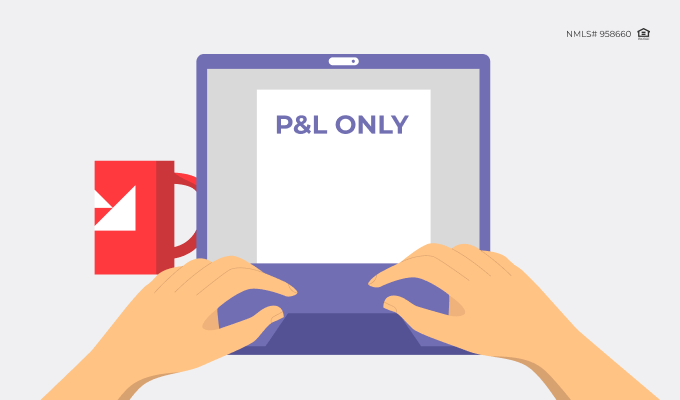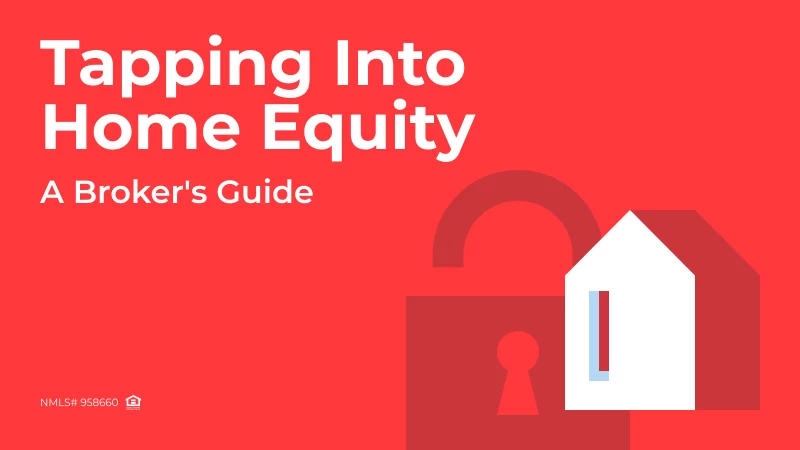
When it comes to financing a residential real estate purchase, traditional mortgages often require extensive income documentation that can be difficult for self-employed individuals to provide. However, a Profit and Loss mortgage, also known as a P&L mortgage, can offer a solution for those who have difficulty providing traditional income documentation. A P&L mortgage allows borrowers to use their business income to qualify for the loan, making it easier for self-employed individuals to obtain a mortgage and purchase a home. In this blog, we’ll dive into the top 5 reasons for using a Profit and Loss mortgage for residential real estate purchases.

Looking for a suitable loan program?
Choose among 20+ programs and get
a detailed loan calculation
1. Flexible income documentation requirements
As mentioned, traditional mortgage lenders typically require extensive income documentation, such as tax returns and pay stubs, to determine a borrower’s ability to repay the loan. However, self-employed individuals may not have these types of documentation or may have income streams that are more difficult to document. A Profit and Loss mortgage allows borrowers to use their business income, as reported on their P&L statement, to qualify for the loan. This can make it easier for self-employed individuals to obtain a mortgage and purchase a home.
2. Potential for higher loan amounts
Because a Profit and Loss mortgage uses business income to qualify the borrower, it may allow for higher loan amounts than traditional mortgages. This is because the borrower’s business income may be higher than their personal income, and therefore they may be able to qualify for a larger loan. This can be particularly beneficial for borrowers looking to purchase higher-priced homes or homes in more expensive areas.
3. Tax advantages
Using a Profit and Loss mortgage to purchase a home can have tax advantages for self-employed individuals. This is because the mortgage interest and property taxes paid on the home may be deductible as business expenses. Additionally, if the borrower has a home office, they may be able to deduct a portion of their mortgage interest and property taxes as business expenses.
4. Access to competitive interest rates
Profit and Loss mortgages are offered by a variety of lenders, including banks and mortgage brokers. This means that borrowers have access to competitive interest rates and loan terms. Additionally, because the borrower is using their business income to qualify for the loan, they may be able to obtain a lower interest rate than they would with a traditional mortgage.
5. Ability to build credit history
Using a Profit and Loss mortgage to purchase a home can also help self-employed individuals build their credit history. By making regular payments on their mortgage, borrowers can demonstrate their ability to manage debt and may be able to improve their credit score over time. This can be particularly important for self-employed individuals who may have less traditional credit history, such as credit cards or auto loans.

Struggling with
a loan scenario?
Get a solution in 30 minutes! Fill out
the short form and get your personal offer
In conclusion, a Profit and Loss mortgage can be a great option for self-employed individuals looking to finance a residential real estate purchase. With flexible income documentation requirements, potential for higher loan amounts, tax advantages, access to competitive interest rates, and the ability to build credit history, it’s worth considering a P&L mortgage when looking to finance a home. However, it’s important to note that every borrower’s situation is unique, and it’s essential to consult with a mortgage professional to determine if a Profit and Loss mortgage is the right choice for you.
As a mortgage broker, your clients rely on your expertise to find them the best deals. Our Quick Pricer tool can be an invaluable asset in your quest to secure the most advantageous mortgage rates. Be sure to explore our Programs section for additional resources tailored to your needs. If you have specific scenarios in mind, don’t hesitate to request them; we’re here to assist you. And if you’re interested in joining forces to provide even more value to your clients, consider becoming a partner with us. Together, we can empower individuals and families to achieve their dreams of homeownership.


